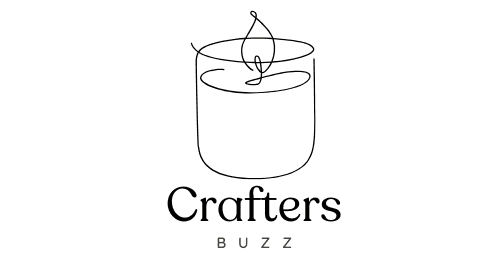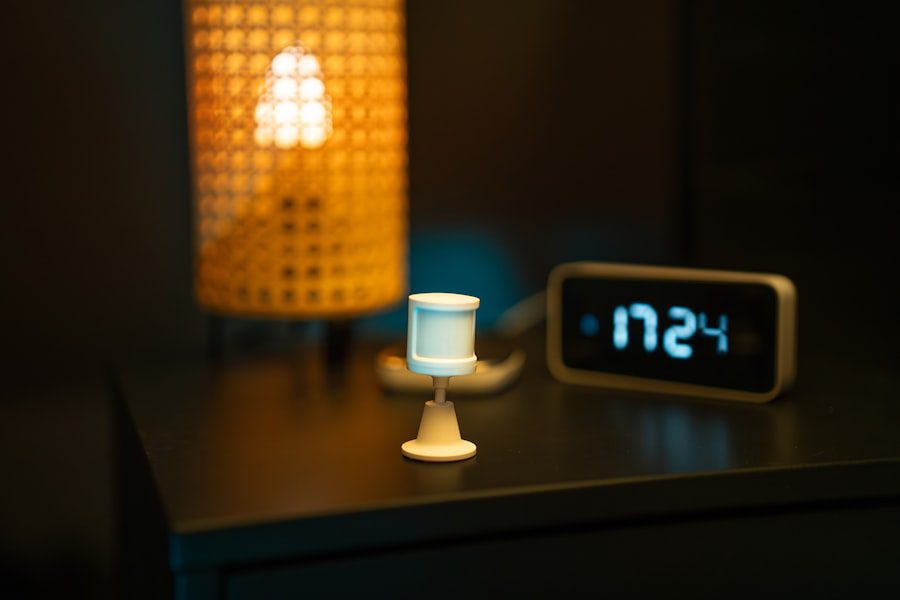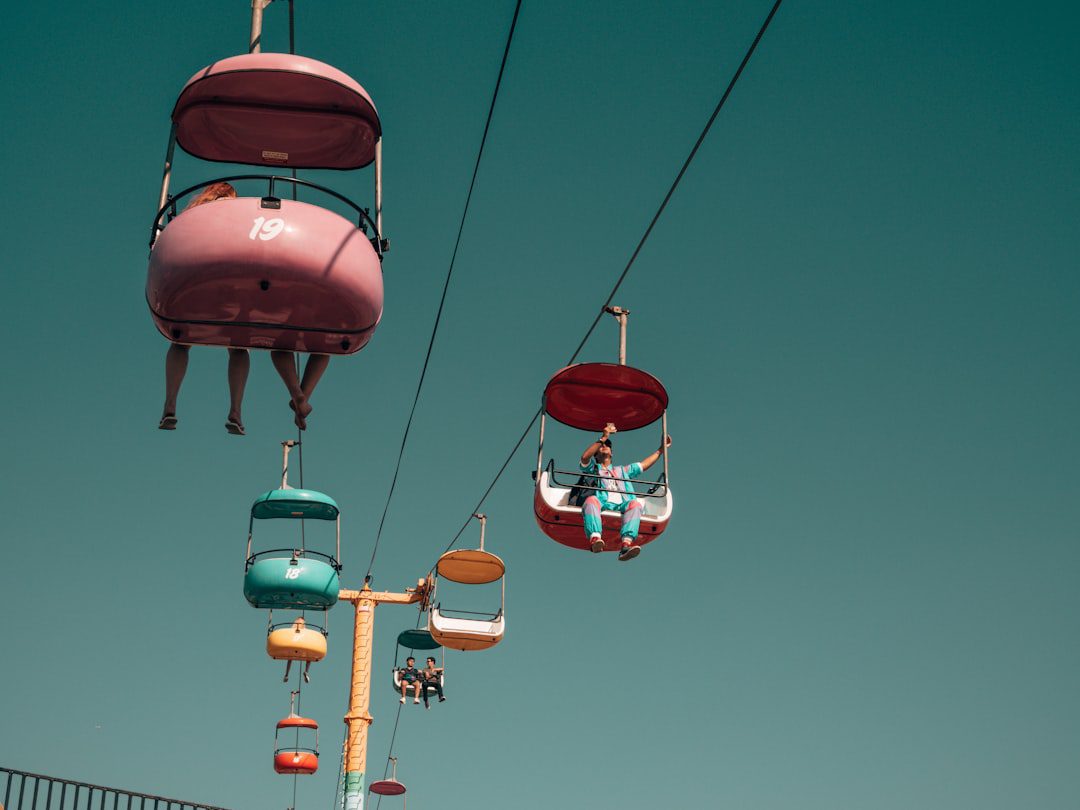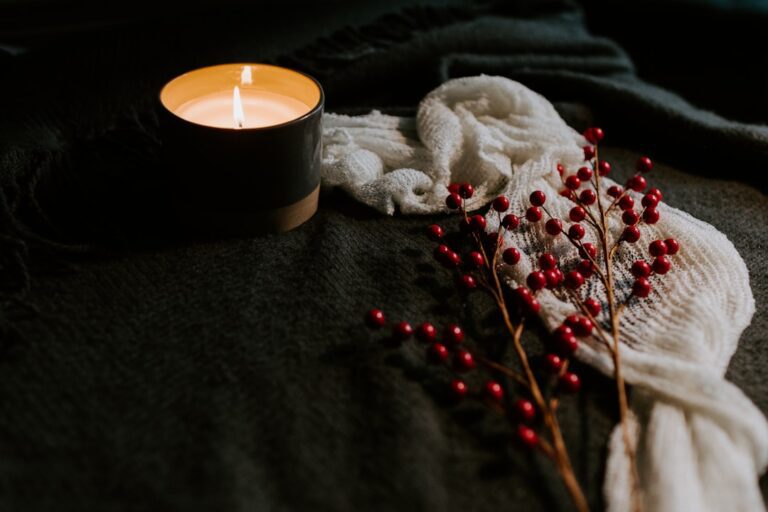The history and use of candle clocks as a functional and decorative item.
Candle clocks, a fascinating blend of timekeeping and artistry, trace their origins back to ancient civilizations. The earliest known use of candle clocks can be attributed to the Chinese during the Han Dynasty (206 BCE – 220 CE). These early timekeeping devices utilized the steady burning of candles, marked with notches or lines, to measure the passage of time.
As the candle burned down, the wax would melt at a consistent rate, allowing individuals to gauge the time elapsed based on the height of the remaining candle. This method was particularly useful in an era when mechanical clocks were nonexistent, providing a reliable means for people to organize their daily activities. In addition to China, evidence suggests that candle clocks were also independently developed in other cultures.
For instance, in medieval Europe, particularly during the 12th century, candle clocks became increasingly popular. They were often used in monasteries to regulate prayer times and other daily rituals. Monks would light a candle marked with specific intervals, allowing them to keep track of time without the need for more complex mechanisms.
This practice not only served a practical purpose but also reflected the spiritual significance of time in religious life, where every hour was dedicated to prayer and contemplation.
The Evolution of Candle Clocks
As societies advanced, so too did the design and functionality of candle clocks. By the 14th century, European artisans began to refine these timekeeping devices, incorporating more intricate designs and materials. The introduction of metal components allowed for greater durability and precision.
Some candle clocks featured elaborate cases made from wood or brass, adorned with decorative carvings that reflected the artistic styles of the period. These enhancements transformed candle clocks from mere functional objects into exquisite pieces of art that could be displayed prominently in homes and public spaces. The evolution of candle clocks also saw the integration of additional features.
Some designs included mechanisms that would alert users when a certain amount of time had passed, such as bells or whistles triggered by the melting wax. This innovation made candle clocks even more practical for everyday use, as it allowed individuals to engage in tasks without constantly monitoring the candle’s progress. Furthermore, as literacy rates increased during the Renaissance, printed instructions and guides on how to use and maintain candle clocks became more widely available, contributing to their popularity across various social classes.
The Functionality of Candle Clocks
The primary function of candle clocks is straightforward: they measure time through the controlled burning of a candle. However, the mechanics behind this seemingly simple concept are quite fascinating. Typically, a candle clock is marked with evenly spaced notches or lines that correspond to specific time intervals.
As the candle burns down, it reaches each notch at regular intervals, allowing users to estimate how much time has passed based on the height of the remaining wax. The consistency of the burning rate is crucial; thus, high-quality materials and careful crafting are essential for accurate timekeeping. In addition to their basic functionality, candle clocks often serve as a visual representation of time’s passage.
The gradual melting of wax can evoke a sense of mindfulness and reflection, encouraging users to appreciate each moment as it slips away. This aspect is particularly significant in cultures that emphasize the importance of living in the present. Moreover, some modern interpretations of candle clocks incorporate innovative designs that enhance their functionality.
For example, contemporary versions may include digital displays or integrate smart technology, allowing users to track time more precisely while still retaining the aesthetic charm of traditional candle clocks.
The Use of Candle Clocks in Different Cultures
Candle clocks have found their place in various cultures around the world, each adapting the concept to fit their unique traditions and practices. In Japan, for instance, candle clocks known as “rokkaku” were used during the Edo period (1603-1868). These clocks featured a cylindrical design with multiple candles arranged vertically.
Each candle represented a different time interval, and as they burned down, they would signal specific times for daily activities such as meals or ceremonies. The rokkaku not only served a practical purpose but also reflected Japan’s deep appreciation for aesthetics and harmony with nature. In contrast, among the indigenous peoples of North America, variations of candle clocks were utilized for ceremonial purposes.
Some tribes crafted candles from natural materials like beeswax or animal fat and marked them with symbols representing significant events or seasonal changes. These candles would be burned during rituals or gatherings, allowing participants to connect with their cultural heritage while also keeping track of time in a meaningful way. This practice highlights how candle clocks transcended mere functionality to become integral components of cultural identity and communal life.
The Decorative Value of Candle Clocks
Beyond their practical applications, candle clocks possess significant decorative value that has captivated collectors and enthusiasts alike. The craftsmanship involved in creating these timepieces often results in stunning works of art that can enhance any interior space. Artisans have historically employed various materials such as wood, metal, and glass to create visually striking designs that reflect different artistic movements and styles.
From ornate Baroque designs featuring intricate carvings to minimalist Scandinavian aesthetics emphasizing simplicity and functionality, candle clocks can complement a wide range of decor. Moreover, the decorative aspect of candle clocks extends beyond their physical appearance; they also evoke a sense of nostalgia and warmth. The soft glow of a burning candle creates an inviting atmosphere that can transform any room into a cozy sanctuary.
Many people appreciate incorporating candle clocks into their homes not only for their timekeeping abilities but also for their ability to create ambiance and foster relaxation. As such, these objects often serve as conversation starters and cherished heirlooms passed down through generations.
The Decline and Revival of Candle Clocks
Despite their historical significance and aesthetic appeal, candle clocks experienced a decline in popularity with the advent of mechanical and later digital timekeeping devices. By the 19th century, advancements in clock technology rendered traditional methods obsolete for most practical purposes. The precision and reliability offered by mechanical clocks made them far more appealing for everyday use, leading to a gradual phasing out of candle clocks from mainstream society.
However, in recent years, there has been a resurgence of interest in candle clocks as part of a broader movement toward sustainable living and mindfulness practices. As people seek ways to disconnect from technology and reconnect with simpler forms of living, candle clocks have emerged as symbols of this shift. Contemporary artisans are reimagining these timepieces with modern materials and designs while preserving their historical essence.
This revival has sparked renewed appreciation for the craftsmanship involved in creating candle clocks and their ability to foster a sense of tranquility in an increasingly fast-paced world.
Modern Applications of Candle Clocks
In today’s fast-paced society, where digital devices dominate our lives, candle clocks have found new applications that resonate with contemporary values. Many individuals are turning to these timepieces as tools for mindfulness and self-reflection. By incorporating candle clocks into daily routines—such as during meditation or relaxation practices—people can cultivate a deeper awareness of time’s passage and its significance in their lives.
The act of lighting a candle and observing its gradual burn can serve as a reminder to slow down and appreciate each moment. Additionally, modern designers are experimenting with innovative concepts that blend traditional candle clock designs with contemporary technology. Some contemporary versions feature integrated timers or alarms that enhance their functionality while maintaining the aesthetic appeal of classic designs.
Others incorporate eco-friendly materials or sustainable practices in their production processes, aligning with growing consumer demand for environmentally conscious products. This fusion of old and new not only preserves the legacy of candle clocks but also ensures their relevance in today’s world.
Collecting and Caring for Candle Clocks
For enthusiasts and collectors, candle clocks represent more than just functional objects; they embody history, craftsmanship, and artistry. Collecting these timepieces requires an understanding of various styles, materials, and historical contexts. Many collectors focus on specific periods or regions, seeking out unique pieces that reflect particular artistic movements or cultural significance.
Auctions and antique shops often serve as treasure troves for those on the hunt for rare finds, while online marketplaces have expanded access to collectors worldwide. Caring for candle clocks is essential to preserve their beauty and functionality over time. Proper maintenance involves regular cleaning to remove dust and debris from intricate designs while ensuring that any moving parts remain lubricated if applicable.
Additionally, collectors should be mindful of environmental factors such as humidity and temperature fluctuations that could affect the integrity of both the wax and any wooden components. By taking these precautions, collectors can ensure that their cherished candle clocks continue to be appreciated for generations to come. In summary, candle clocks are not merely relics of the past; they are dynamic objects that have evolved over centuries while retaining their charm and significance across cultures.
Their origins rooted in practicality have blossomed into expressions of art and mindfulness in modern society. As interest in sustainable living grows alongside a desire for meaningful connections with our surroundings, candle clocks stand poised to illuminate our understanding of time in both historical and contemporary contexts.
If you are interested in creating your own candles, you may want to check out this article on how to make pillar candles. Pillar candles are a versatile and popular choice for both functional and decorative purposes. Learning how to make them can be a fun and rewarding DIY project.
FAQs
What is a candle clock?
A candle clock is a device that measures time by the amount of wax that has melted from a candle. It consists of a candle with markings indicating the passage of time.
What is the history of candle clocks?
Candle clocks have been used since ancient times, with evidence of their use dating back to ancient China, Greece, and Rome. They were commonly used in monasteries and churches during the Middle Ages.
How do candle clocks work?
Candle clocks work by measuring the passage of time based on the rate at which the candle burns. As the candle burns, the wax melts and the markings on the candle indicate the passage of time.
What are the different types of candle clocks?
There are several different types of candle clocks, including simple hour-marked candles, graduated candles with markings for specific time intervals, and elaborate mechanical candle clocks with gears and weights.
How accurate are candle clocks?
Candle clocks are not very accurate compared to modern timekeeping devices, as the rate of wax melting can be affected by factors such as drafts and the composition of the wax. However, they were sufficient for measuring time in earlier periods.
How are candle clocks used today?
Candle clocks are primarily used today as decorative items or novelty gifts, rather than as functional timekeeping devices. They are popular for their historical and aesthetic appeal.













